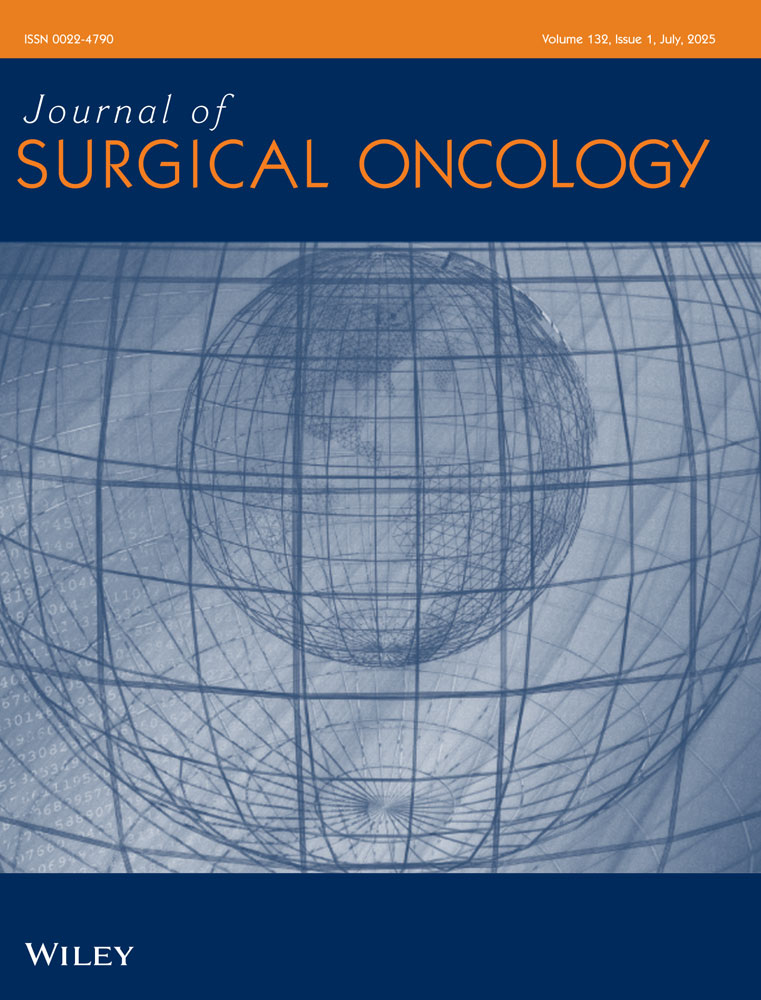Clinical relevance of parasternal uptake in sentinel node procedure for breast cancer
Abstract
Background and Objectives
Preoperative lymphoscintigraphy contributes highly to the accuracy of the sentinel node procedure. Besides routing towards the axilla, in a number of patients additional parasternal focal accumulation may be observed. So far the clinical consequences of this parasternal uptake remains unclarified, i.e., whether any internal mammary lymph node uptake should be surgically biopsied. An analysis of all sentinel node procedures with parasternal uptake was performed.
Methods
Sixty-nine patients with scintigraphic parasternal uptake and with a minimal follow-up of 24 months, were selected from a prospective database. Tumor characteristics, treatment strategies, and recurrences of these patients were analyzed and subsequently matched against the present day indications for adjuvant treatment.
Results
During follow-up (median 41 months) only four (6%) patients developed systemic disease. Initially, three of these patients did not receive adjuvant chemotherapy. Two are alive without evidence of disease after treatment of these recurrences. Currently these patients would, initially, all have been eligible for chemotherapy based on tumor characteristics and age according to international guidelines.
Conclusions
For the indication of adjuvant treatment, the status of the internal mammary lymph nodes was not relevant in our patients. Parasternal uptake is not an indication to extend the surgical procedure. J. Surg. Oncol. 2004;87:13–18. © 2004 Wiley-Liss, Inc.




